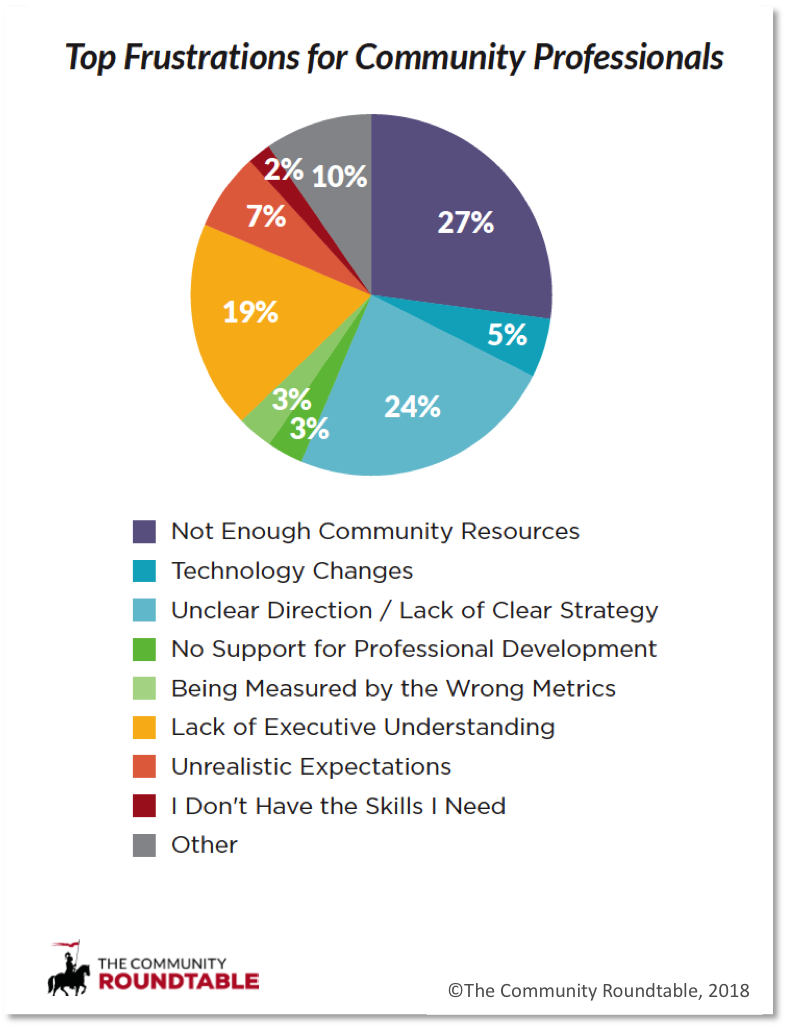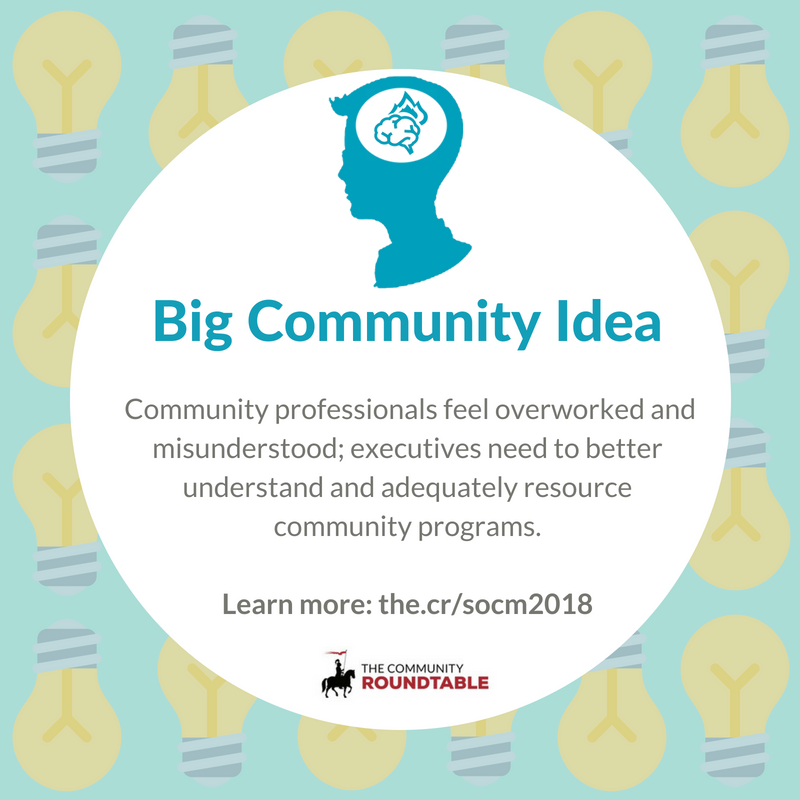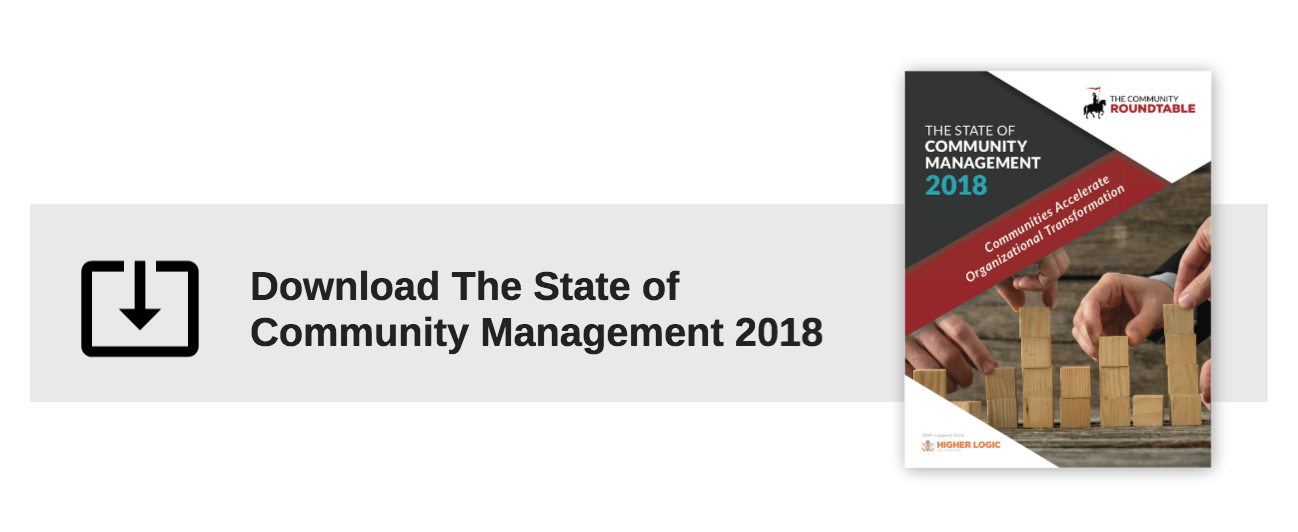If you work in community management, chances are that you’ve felt burnt out recently – according to the State of Community Management 2018 Report, 45% of community professionals have felt that way in the past year alone. Do you ever think about why that is?
To put that 45% in perspective, almost 60% of emergency medicine physicians experience burnout, according to the Medscape Lifestyle Report 2017 by the American Medical Association. That means that the most stressful physician position is feeling only slightly more burnout than community professionals; that’s astounding.
While community professionals aren’t working in emergency rooms and dealing with critical patients, they are similarly being overworked.
Strategy is at the Root of the Problem
Community professionals face internal struggles like unrealistic expectations, a lack of executive understanding, and not enough resources, but a large reason why community professionals are overwhelmingly feeling burnt out is more focused: a lack of a clear strategy.
If you’ve worked in community management (or have read past State of Community Management reports), you know that strategy is important, so why is having a clear strategy still a problem for community teams?
- Why do only 17% of community programs have an approved and resourced community roadmap?
- Why do 70% of community programs lack operational and measurable strategies?
- Why do less than half of the existing strategies include a business problem statement?
We can cite the aforementioned frustrations as causes for the above strategic problems – a lack of resources is definitely a problem when looking to fund a roadmap – but where should we focus if we’re looking to improve these numbers?
What’s Causing the Burnout?
If we’re looking at funding, then we should look to executives; that’s a logical step.
But what about focusing on community professionals? It’s on them to give executives a reason to better fund their programs and, if these frustrations ultimately stem from a lack of strategy, then it is also the responsibility of community professionals to improve their strategies. That, in turn, will allow them to better prove the value of their community programs so that they can receive the funding they need.
A Complete Community Strategy Can Address Burnout
There are many layers to the cause of this burnout and there are at least two actors involved. So how do we remedy this?
There is no easy answer, but one place to start is to make sure that your community strategy has all of the elements that you need to be able to communicate resource need to executives.
You should make sure that your community strategy includes important pieces:
- Communicating key business needs through a problem statement
- Identifying key behaviors and use cases
- Recognize and measure key metrics
To find out more about what your community strategy should include, download the State of Community Management 2018 here: https://the.cr/socm2018.



